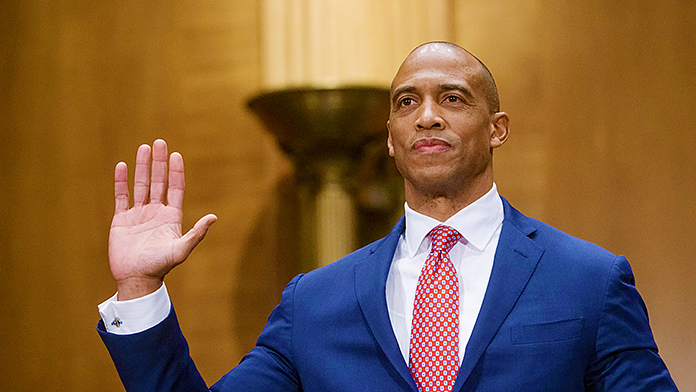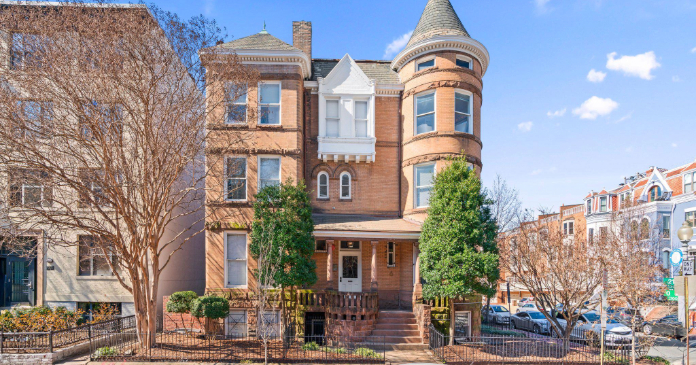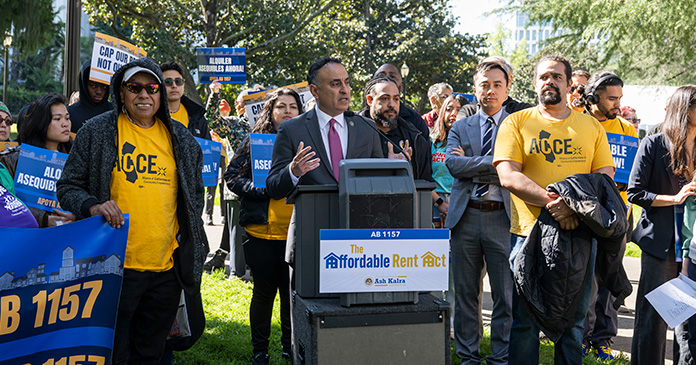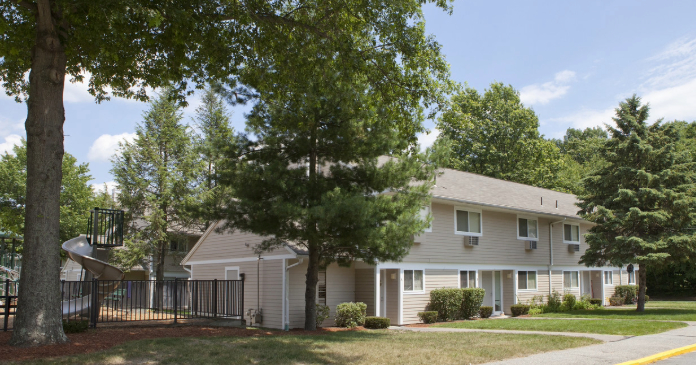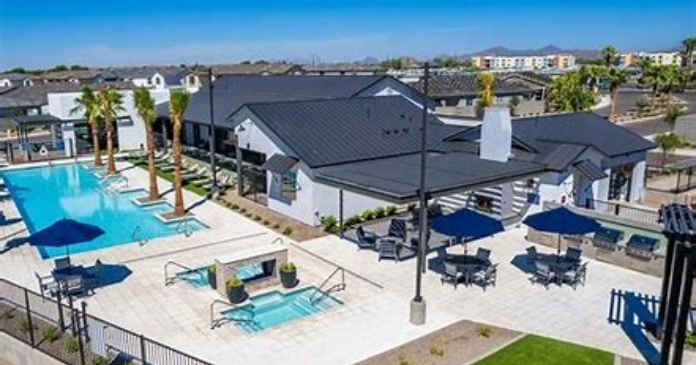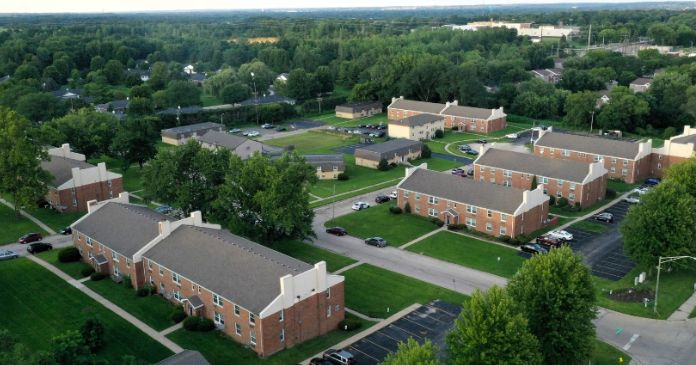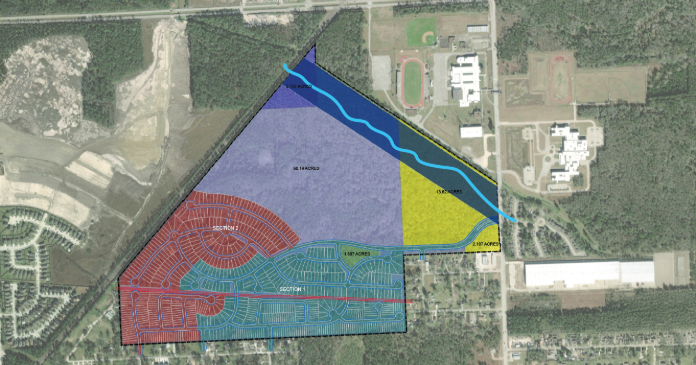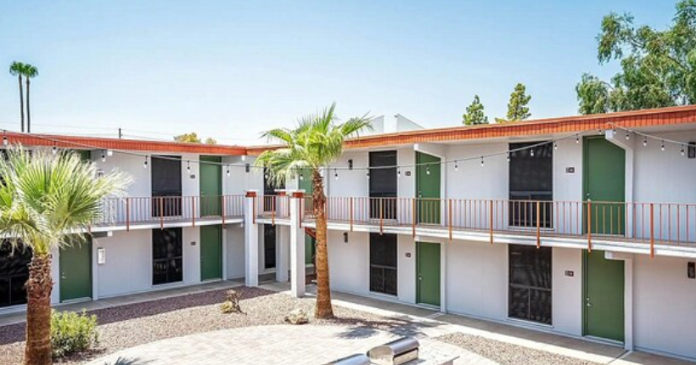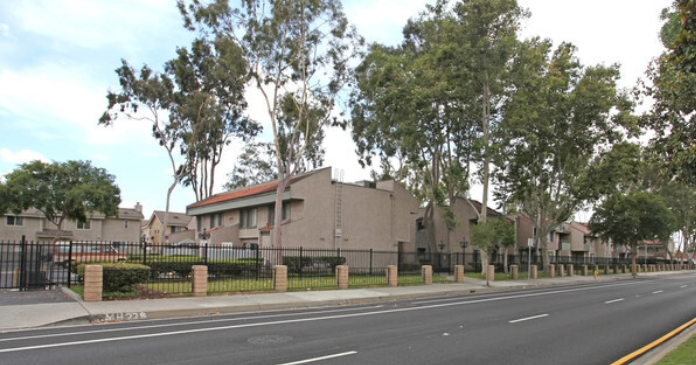The top brass at San Francisco real estate investment trust BRE Properties flies down to San Diego for a crash course in Mexican culture.
United Dominion Reality Trust, a Denver-based REIT, hires a senior executive with roots in the Latin community to spearhead a new multicultural initiative.
An Atlanta-based multifamily development and management firm, Lane Co., manages to bump up the occupancy rate of a nearby 274-unit property by hiring bilingual leasing agents and advertising in Hispanic-targeted media.
Indeed, five years after a watershed census report opened the sleepy eyelids of virtually every U.S. business sector to an exploding demographic, the multifamily industry seems to finally be tapping into the Hispanic market.
Since the 2000 U.S. Census, the statistics on the Hispanic market have become fairly ubiquitous — yet, they’re still staggering to behold.
With numbers totaling 43.5 million, Hispanics are the largest minority group in the U.S., representing 15% of the total population and $700 billion in annual purchasing power. And this demographic group is growing explosively, with the census bureau projecting that the country’s Hispanic population will increase 34% between 2000 and 2010, and another 25% in the ensuing decade.
For the multifamily industry, the office of Housing and Urban Development has distilled the data to levels of even greater urgency.
Nearly half of all Hispanics in the U.S. — nearly 22 million people — rent their homes. The rate is even higher for first-generation Latin immigrants, 69%. This is an important statistic to a city like Los Angeles — by far, the nation’s top Hispanic market, with 7.8 million Latinos, 80% of which were born in another country.
With these numbers in mind, the relevant question seems to be not why the multifamily industry has suddenly begun to focus on the Hispanic market, but what’s taken it so long to do so.
“I think the news that the Hispanic population is now the largest minority population in the U.S. kind of snuck up on people,” says Doug Bibby, president of the National Multi Housing Council. “But we’re all talking about it now. In the next five years, the multifamily industry is going to see dramatic changes.”
In fact, for many of Bibby’s constituents, the future is now.
HISPANICS DOMINATE A CHANGING DEMOGRAPHIC PROFILE
“We’ve seen a tremendous influx of Hispanics into Dallas over the last four years, which really started with the passage of the North American Free Trade Agreement,” says Robert Stone, senior VP of the senior housing and multifamily division of Henry S. Miller Commercial. “We initially made assumptions that the influx was from Mexico, but there are a lot of people coming up from Central and South America, too.”
For now, Bibby says the main objective of his constituents is to learn the unique demands of the Latin multifamily market and how to reach out to it. With the executive ranks at the top multifamily firms extremely light on folks of Latin origin, market intelligence is at a premium.
As a group largely comprised of recent immigrants from poor countries who are focused on the upward mobility of their families, it’s generally understood that Hispanics, as a group, don’t favor paying high rents for lavish amenities.
“What we found is that the Hispanic immigrant and the second-generation Hispanic puts a huge priority on buying housing,” says Joel Kitkin, a noted authority on urban development and author of the recently published “The City: A Global History.” In fact, 48% of Hispanics who don’t own a home say their goal is to purchase one in the next three years.
Another statistic, that 42% of recent Latin immigrants say they regularly send money back to family in their country of origin, also affects the kinds of rents they’re willing to pay. Beyond these general accepted dynamics, however, the Latin multifamily market still holds mystery.
EDUCATING CONSUMERS AND PROFESSIONALS
“We’re just now scratching the surface as to the kind of sophisticated approach that needs to be taken in terms of staffing and marketing materials,” Bibby says. “The conventional wisdom is that Hispanics want bigger kitchens and more bedrooms because they have bigger families. That may be true. But we only really know bits and pieces at this point. There has to be some serious studies done to try to figure out what they’re looking for, and it’s not out of the question that we’ll do a white paper soon on this to look at what needs to be done.”
“We’re talking about an increase of residents coming through that speak Spanish,” Bibby adds. “They don’t listen to the same radio stations, read the same newspapers or have the same habits that the mainstream population does.”
Henry Baez, VP of service operations and public housing management for Lane Co., concedes the multifamily industry has “some catching up to do” in key regions in terms of understanding and reaching out to Hispanic consumers. However, he adds that markets like California and Texas, where half of all Hispanics in the U.S. reside, are ahead of the curve.
And for its part, One Real World of Houston — a boutique marketing firm that specializes in helping big corporate behemoths like Hewlett-Packard tap into the Hispanic zeitgeist — has already figured this out. It’s currently working with BRE Properties, which owns 24,000 apartment units spread across the Western U.S.
“Multifamily is a brand new industry for us, but we see it as one with a lot of potential,” says One Real World founder Manuel Delgado. “Hispanics, in general, rent more — there’s a bigger penetration of renters among Hispanics than non-Hispanics. You’re talking about a lot of new immigrants who don’t have an established credit history and aren’t yet familiar with the process of obtaining home ownership.”
At the same time, Delgado notes that, for a group heavy on first-generation immigrants to the U.S., “the purchase process is different,” and reaching the Hispanic consumer often requires a unique kind of finesse.
Helping clients like BRE Properties goes beyond just educating them as to the potential of the marketplace. Delgado says his mission starts with teaching clients the basics about Hispanic culture and culminates with explaining to them how to reach the consumer.
“You have to get the cultural elements right,” he says. “Hispanics, culturally, tend to value family, things like traditions, things like the desire to better yourself, to make a better life for your children. All those things need to be taken into account when communicating with the Hispanic market.”
For BRE president and COO Constance Moore and her top charges, the guided indoctrination began with a day in the border metropolis of San Diego, lunching at authentic Mexican eatery El Agave Teguleria.
“We had a very traditional meal — not the kind of dish you get at Chili’s,” Delgado notes, “And after that, we went back to the conference room to figure out how BRE will change the marketing of its property based on their new awareness of the market.”
When reaching out to the Latin marketplace, he says, “making sure they feel like you’re talking to them is a big deal.” For a demographic in which half the people prefer reading Spanish, translating marketing materials such as Websites is a good first step. But a good cultural understanding can help a company like BRE translate its messages more effectively.
Pundits who specialize in marketing to U.S. Hispanics point to Chevrolet’s initial attempts to sell its Nova in Latin America several decades back without changing the car’s name, which translates to “no go” in Spanish.
Of course, a little knowledge can be a dangerous thing, too. Confounded with limited knowledge and resources, some companies create a superficial marketing “veneers” for Hispanic consumers. For example, Spanish-speaking visitors to one high-profile REIT’s Website are greeted with host of bilingual options, but all of the apartment-search tools remain only in English.
“That’s actually worse in terms of the customer experience than not having anything posted in Spanish at all,” Delgado says.
Determined to avoid such cultural misunderstandings — and integrate the Latin experience into their very fabric — some firms in the multifamily industry have begun hiring Hispanic employees.
Perhaps most notably, Denver-based United Dominion Reality Trust hired Moises “Moe” Vela Jr — formerly the director of the National Association of Hispanic Real Estate Professionals — to a senior VP position heading its new multicultural strategy initiative.
“The fact they’re hiring someone at such a level shows commitment,” Delgado notes.
Meanwhile, Lane Co. officials say they’ve managed to vastly increase occupancy in complexes located in largely Hispanic neighborhoods by hiring Spanish-speaking leasing agents who live in those areas. “We’ve discovered that many of them are very skilled and educated in the business acumen required to work in our industry,” says Lane’s Baez, himself a first-generation Puerto Rican immigrant. “They provide an immediate impact with residents and prospects.”
Author: Daniel Frankel




